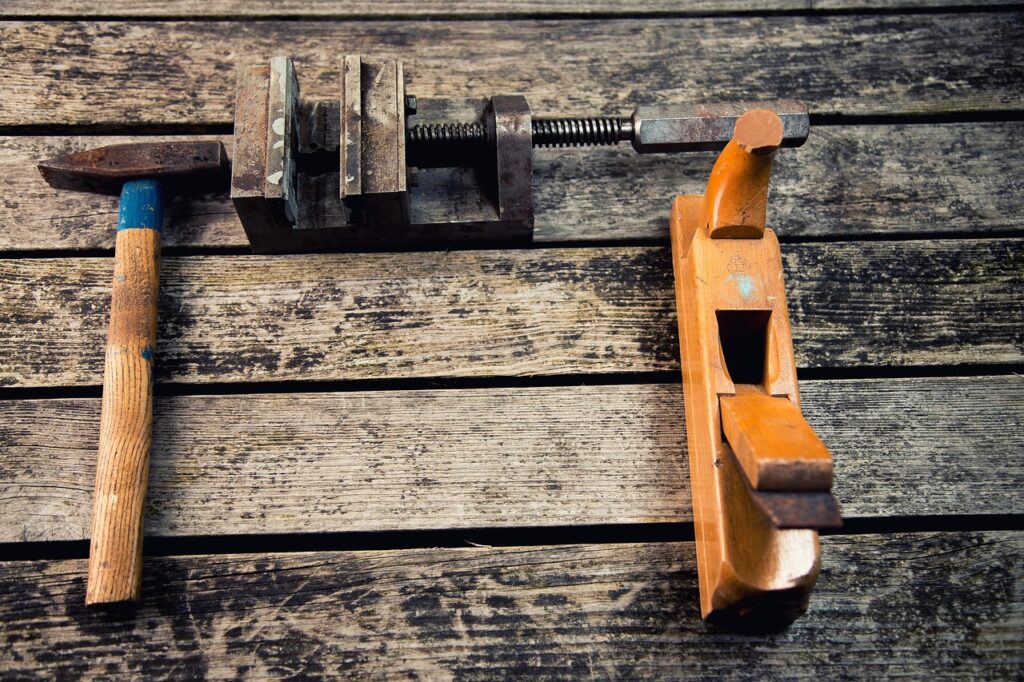Replacing a kitchen sink drain is a practical DIY task that can resolve leaks, improve drainage, and update the appearance of your sink area. Whether you’re upgrading an old drain or fixing a persistent issue, this guide will walk you through the step-by-step process to replace a kitchen sink drain.
Contents
- 0.1 Tools and Materials You’ll Need:
- 0.2 Step-by-Step Guide to Replace a Kitchen Sink Drain:
- 0.2.1 Step 1: Gather Your Tools and Materials
- 0.2.2 Step 2: Turn Off the Water Supply
- 0.2.3 Step 3: Prepare the Work Area
- 0.2.4 Step 4: Remove the Existing Drain Assembly
- 0.2.5 Step 5: Clean and Prepare the Sink Area
- 0.2.6 Step 6: Install the New Drain Assembly
- 0.2.7 Step 7: Reconnect the P-Trap
- 0.2.8 Step 8: Test the Drain
- 0.2.9 Step 9: Clean Up and Final Checks
- 0.2.10 Conclusion
- 1 Author
Tools and Materials You’ll Need:
- Adjustable wrench
- Slip-joint pliers
- Screwdriver (flathead and Phillips)
- Plumber’s putty
- Plumber’s tape (Teflon tape)
- Bucket or basin
- New kitchen sink drain assembly
- New tailpiece (if necessary)
- Plumber’s wrench (optional, for tightening large nuts)
Step-by-Step Guide to Replace a Kitchen Sink Drain:
Step 1: Gather Your Tools and Materials
Before starting, gather all the necessary tools and materials listed above. Ensure you have enough space under the sink to work comfortably and access the drain pipes.
Step 2: Turn Off the Water Supply
Locate the shut-off valves under the sink and turn them clockwise to shut off the water supply to the faucet. Test by turning on the faucet to ensure no water is running.
Step 3: Prepare the Work Area
Place a bucket or basin under the sink to catch any water that may drip from the pipes when you disconnect them. Lay down towels to protect the cabinet floor and provide a comfortable surface to work on.
Step 4: Remove the Existing Drain Assembly
- Disconnect the P-Trap: Use slip-joint pliers to loosen the slip nuts on both ends of the P-trap (the curved section of pipe beneath the sink). Have a bucket ready to catch any water remaining in the trap.
- Disconnect the Tailpiece: Loosen the slip nut that connects the tailpiece (vertical pipe that extends down from the sink drain) to the sink drain assembly. Carefully remove the tailpiece from the sink drain.
- Remove the Sink Drain: Locate the large nut securing the sink drain to the sink bowl from underneath. Use an adjustable wrench or plumber’s wrench to loosen and remove this nut.
- Remove the Old Putty: Once the nut is removed, the old putty or silicone sealant around the drain may hold it in place. Carefully pry the old drain assembly from the sink bowl using a screwdriver if necessary.
Step 5: Clean and Prepare the Sink Area
- Clean the Sink Surface: Remove any old putty or sealant residue from around the drain opening in the sink bowl. Clean the area thoroughly with a rag or towel.
- Apply New Plumber’s Putty: Roll a small amount of plumber’s putty into a rope shape and wrap it around the underside of the new drain flange. Press the flange firmly into the drain opening from above the sink bowl.
Step 6: Install the New Drain Assembly
- Secure the Drain Nut: From underneath the sink, place a rubber washer followed by the large nut onto the threaded drain tailpiece. Tighten the nut using an adjustable wrench or plumber’s wrench until the drain flange is snug against the sink bowl.
- Connect the Tailpiece: Attach the tailpiece to the bottom of the drain assembly, ensuring it aligns properly and securely with the slip nut. Use slip-joint pliers to tighten the slip nut, but do not over-tighten to avoid damaging the pipes.
Step 7: Reconnect the P-Trap
- Position the P-Trap: Insert the ends of the P-trap onto the tailpiece and the waste drain pipe extending from the wall. Use slip-joint pliers to tighten the slip nuts on both ends of the P-trap securely.
- Check for Leaks: Once all connections are tightened, turn on the water supply and check for leaks around the newly installed drain assembly and P-trap. Tighten any connections as needed to stop leaks.
Step 8: Test the Drain
- Test the Sink Drainage: Run water in the sink and check the drainage. Ensure water flows freely down the drain without any backups or leaks.
Step 9: Clean Up and Final Checks
- Clean Up: Dispose of any old parts and clean up any water or debris from under the sink. Wipe down the sink bowl and surrounding area.
- Inspect and Tighten: After using the sink for a few days, inspect the connections again to ensure everything remains tight and leak-free.
Conclusion
Replacing a kitchen sink drain is a manageable DIY task that can be completed in a relatively short amount of time with the right tools and materials. By following these step-by-step instructions and taking necessary precautions, you can successfully replace your kitchen sink drain, improving functionality and minimizing the risk of leaks. If you encounter any difficulties or are unsure about any step, consult with a professional plumber for assistance to ensure proper installation and long-lasting performance.










